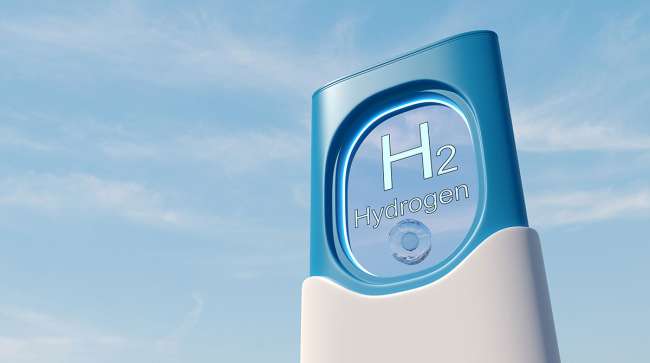Senior Reporter
DOE Selects Four Winners in Hydrogen Contest

[Stay on top of transportation news: Get TTNews in your inbox.]
The U.S. Department of Energy announced the winners of a competition aimed at graduate students and awarded cash prizes to four teams that separately developed new tools that characterized business cases for hydrogen in “user-defined scenarios.”
The competition was part of DOE’s American-Made Challenges series.
The tools the teams submitted accounted for multiple end-use applications, and incorporated the energy prices, infrastructure and hydrogen production costs that are key drivers of profitability, according to DOE.
Four entrepreneurial student teams are spurring innovation in the analysis of hydrogen production, infrastructure, and deployment technology. Congratulations to the winners of the first Hydrogen Business Case Prize! #HydrogenNow https://t.co/G77Rs3JiCV — Office of Energy Efficiency and Renewable Energy (@eeregov) June 16, 2022
The agency’s effort to reward new advocates’ ideas on hydrogen came as it is pushing itself, academia and industry to come up with ways to make and distribute hydrogen at a price low enough to boost it into a starring role as a primary alternative fuel of the future.
“There has never been more interest in and more resources behind and more hope for this technology. We just cannot let this moment slip by,” DOE Secretary Jennifer Granholm recently said. “Together we will ensure this big moment for clean hydrogen changes the course of history.”
The first place prize of $50,000 went to the team named Super Hydrogen Brothers, which developed a hydrogen business appraisal tool that consolidated state-of-the-art technologies and determined how practical each one would be given the user’s preferences.
Second-place team Bend Hydrogen, which was awarded $30,000, developed a biomass gasification optimal business case analysis tool to evaluate the business case for hydrogen production from gasification.
Natural gas reforming using steam accounts for the majority of hydrogen produced in the United States annually, according to DOE’s Alternative Fuels Data Center.
“Although abundant on Earth as an element, hydrogen is almost always found as part of another compound, such as water or methane, and it must be separated into pure hydrogen for use in fuel cell electric vehicles,” according to the AFDC website. “Hydrogen fuel combines with oxygen from the air through a fuel cell, creating electricity and water through an electrochemical process.”
Third place and $30,000 went to team Pure Hydrogen, which developed its H2X model to analyze the feasibility and environmental impacts for businesses of different configurations of green hydrogen production.
Different colors, indicating how clean it is, are assigned to the hydrogen depending on the type of production used, experts said. For instance, green hydrogen is made by the water electrolysis process using renewable electricity.
Want more news? Listen to today's daily briefing above or go here for more info
Blue hydrogen is sourced from natural gas, with the emissions captured at production — but producing and pipeline delivery of natural gas is a major source of methane leaks that contribute to climate warming.
Gray hydrogen is also produced from fossil fuel and commonly uses the less costly steam methane reforming method, which releases greenhouse gases into the atmosphere.
Black or brown hydrogen is produced from coal.
Fourth place and $20,000 went to team H24SCR, which developed an integration tool to calculate the viability of hydrogen production in a given location.
Hydrogen can be produced from diverse, domestic resources, including fossil fuels, biomass, and water electrolysis with electricity, according to AFDC.




